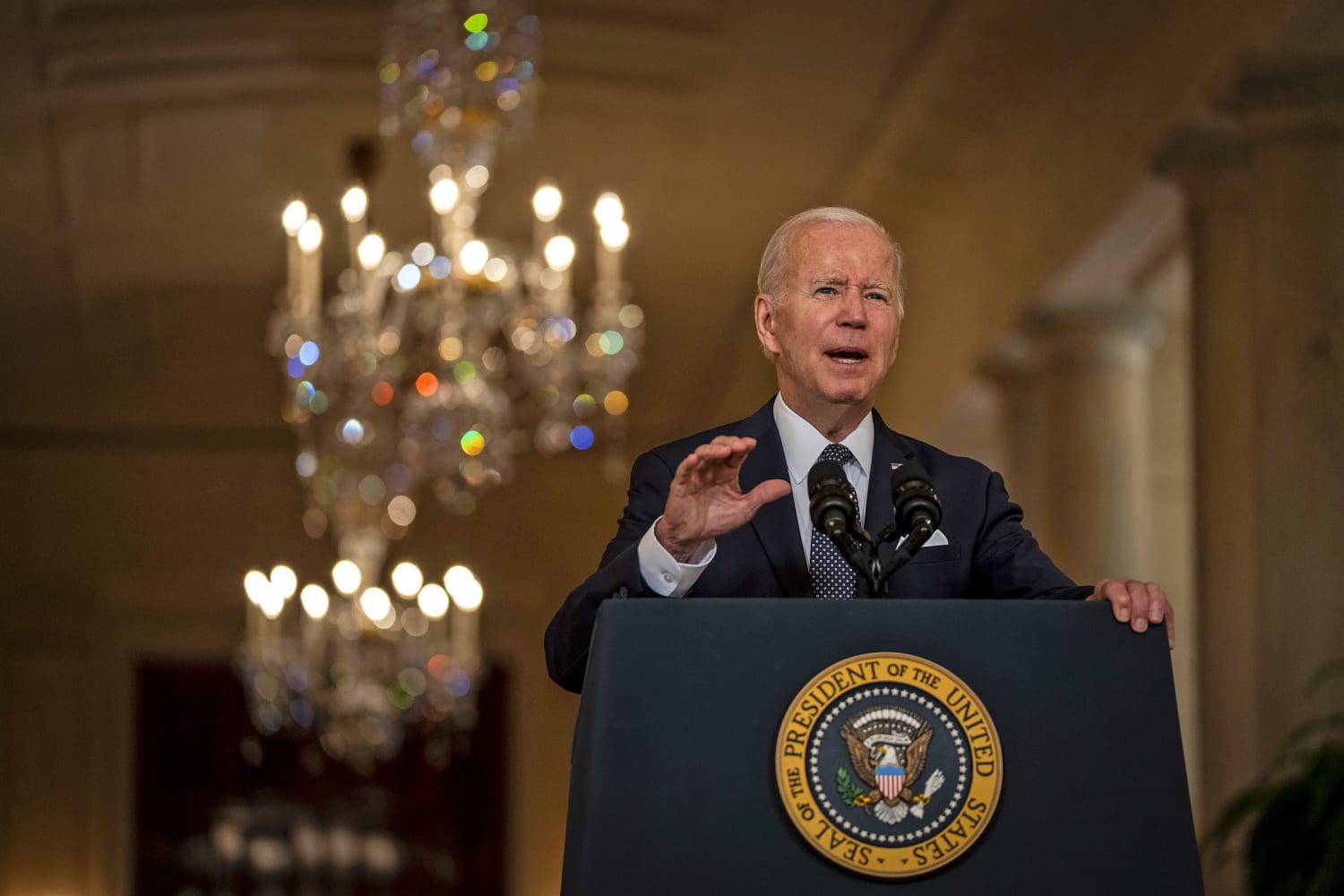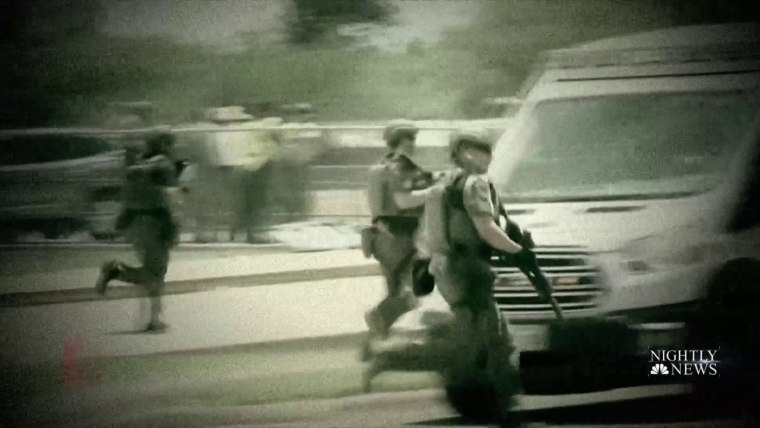President Joe Biden’s speech to the nation Thursday about gun violence was a much-needed step in the right direction, because he detailed a list of laws that should be passed and explicitly suggested that outrage over congressional failure be channeled into the ballot box if Congress refuses to act.
It was a particularly welcome reassurance after the Justice Department’s announcement that it will review law enforcement’s response to the Uvalde, Texas, school shooting that left 19 children and two adults dead. Because while such a step makes sense, too much focus on the police response can potentially distract us from the deeper work that needs to be done to prevent gun massacres.
The age of the Uvalde shooter is particularly haunting as we contemplate the inevitable what-ifs after a mass shooting.
Sure, it appears right now that the police tragically bungled their response by failing to follow established protocol for active shooter situations, but we cannot lose sight of the fact that whatever the reaction of the police, it remains just that: a reaction.
The problem is that it is far easier to blame law enforcement and spend time and money doing a review of training and, according to a statement from the Justice Department, “best practices to help first responders prepare for and respond to active shooter events” than to take on the ogre of passing gun and ammunition control laws that has cowered American politicians for nearly two decades.
Indeed, the National Rifle Association and anti-gun control Republicans like Texas Sen. Ted Cruz may likely welcome the focus on police errors as it misdirects attention from our lack of effective gun and ammunition control laws.
But criticizing police actions, however well-justified, in some ways runs the risk of propagandizing that the “only thing that stops a bad guy with a gun is a good guy with a gun” — a slogan that has helped gun sellers propel the United States to a truly unique global position where we are the only country in the world with more civilian-owned firearms than people. Are officers not supposed to be the “good guys”? And if they aren’t going to be the “good guys,” does that send the message that more civilians need to be armed to be the “good guys” who step in when officers don’t?
It’s the sort of thinking that has added to a vicious cycle in which mass shootings spur more gun purchases — driving up the share prices of gun manufacturers — until we have reached the current ratio of about 120 firearms per 100 residents, according to a 2018 report by the Small Arms Survey, a Swiss organization that is in favor of gun control.
There is nothing sane about having more guns than people — and being OK with it. Our veritable armory of a country has produced only greater gun violence. According to a Washington Post tracker, some 311,000 students have experienced gun violence since the 1999 Columbine school shooting.
Criticizing police actions, however well-justified, in some ways runs the risk of propagandizing that the “only thing that stops a bad guy with a gun is a good guy with a gun”
Confronted with what has now become the reality of children just attending school, we need to do something now. To be clear, it’s not wrong to improve law enforcement’s reaction to gun violence through studying best practices and funding training of these practices. But it’s wrong to do nothing else.
And make no mistake about it, we’ve done nothing else at the federal level.
One glaring problem is the phrase “commonsense gun laws,” which has become a cliché devoid of real meaning. Legislation to “red flag“ persons who shouldn’t be allowed to possess firearms; limit the purchase of ammunition and the size of ammunition magazines; ban assault-style weapons; require background checks, licensing, waiting periods, mandatory training; and raising the age limit from 18 to 21 for the purchase of guns should not be lumped together under “commonsense gun laws.” Doing so dilutes the truth that any one of them individually would be a valuable tool in reducing gun violence. That’s why it was crucial that Biden listed specific changes that could and should be made.
Would it be great to get everything? Sure. But research backs up how just making one change at the federal level could make a big difference. For example, a 2019 study analyzing high-fatality mass shootings between 1990 and 2017 found that banning large-capacity magazines (LCMs) would save lives given that the average death rate was 62 percent higher when they were used. The study also found that jurisdictions lacking LCM bans had a 129 percent increase in mass shootings and a 206 percent increase in fatality rates. As Biden put it during his Thursday speech, “Why in God’s name should an ordinary citizen be able to purchase an assault weapon that holds 30-round magazines, that lets mass shooters fire hundreds of bullets in a matter of minutes?”
And that’s not all. A 2020 study of states with gun permit requirements, including background checks, showed that such precautions were associated with 60 percent lower odds of mass public shootings. In a 2021 study, it was estimated that if a Clinton-era assault weapon ban had remained in effect, rather than being allowed to expire in 2004, then it “would have prevented 30 mass shootings that killed 339 people and injured an additional 1,139 people.”
The age of the Uvalde shooter is particularly haunting as we contemplate the inevitable what-ifs after a mass shooting.
Would something as simple as an age restriction law requiring a person to be at least 21 before making a purchase of an AR-15-style rifle have changed the realities of the families now left to grapple with immeasurable pain? No one can know whether stopping the shooter from legally purchasing his weapons upon turning 18 would’ve stopped him from killing, but it would have been one more obstacle in his path.
But implementing laws like these on a federal level requires paradigm shifts in how Americans think about gun violence.
We must move away from a police-centric approach in which all gun violence is viewed solely through the lens of fighting “crime.” We must also reject the false narrative pushed by the gun rights lobby that every attempt to regulate guns and ammunition is an affront to the Constitution.
Clear-eyed analysis of data about gun violence and clear-headed thinking about what is and what isn’t a constitutional right are needed to make progress in preventing mass shootings. That is the deep and hard work needed to honor the lives of the children who needlessly died in places such as Sandy Hook, Parkland and now Uvalde.
Source: | This article originally belongs to Nbcnews.com











